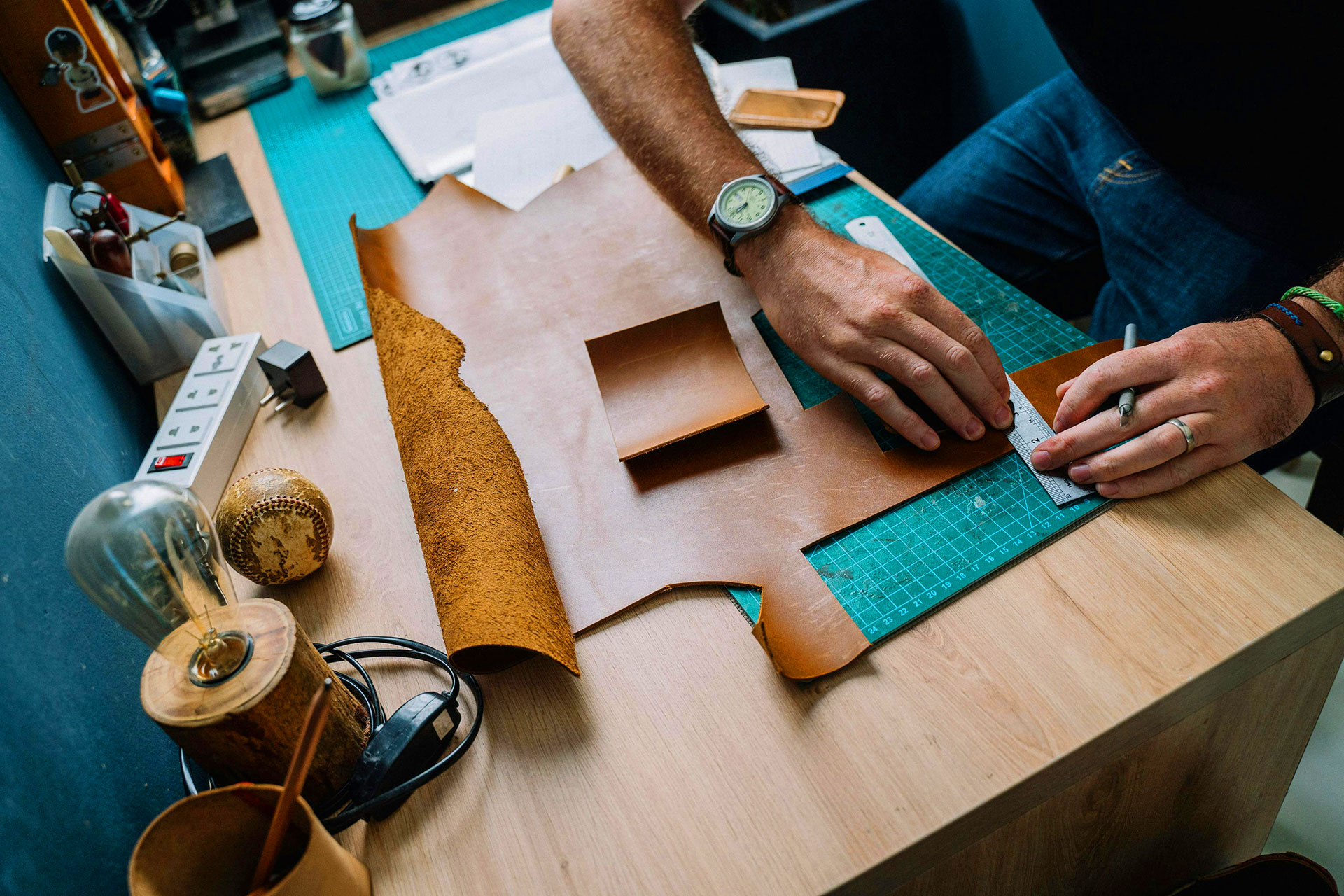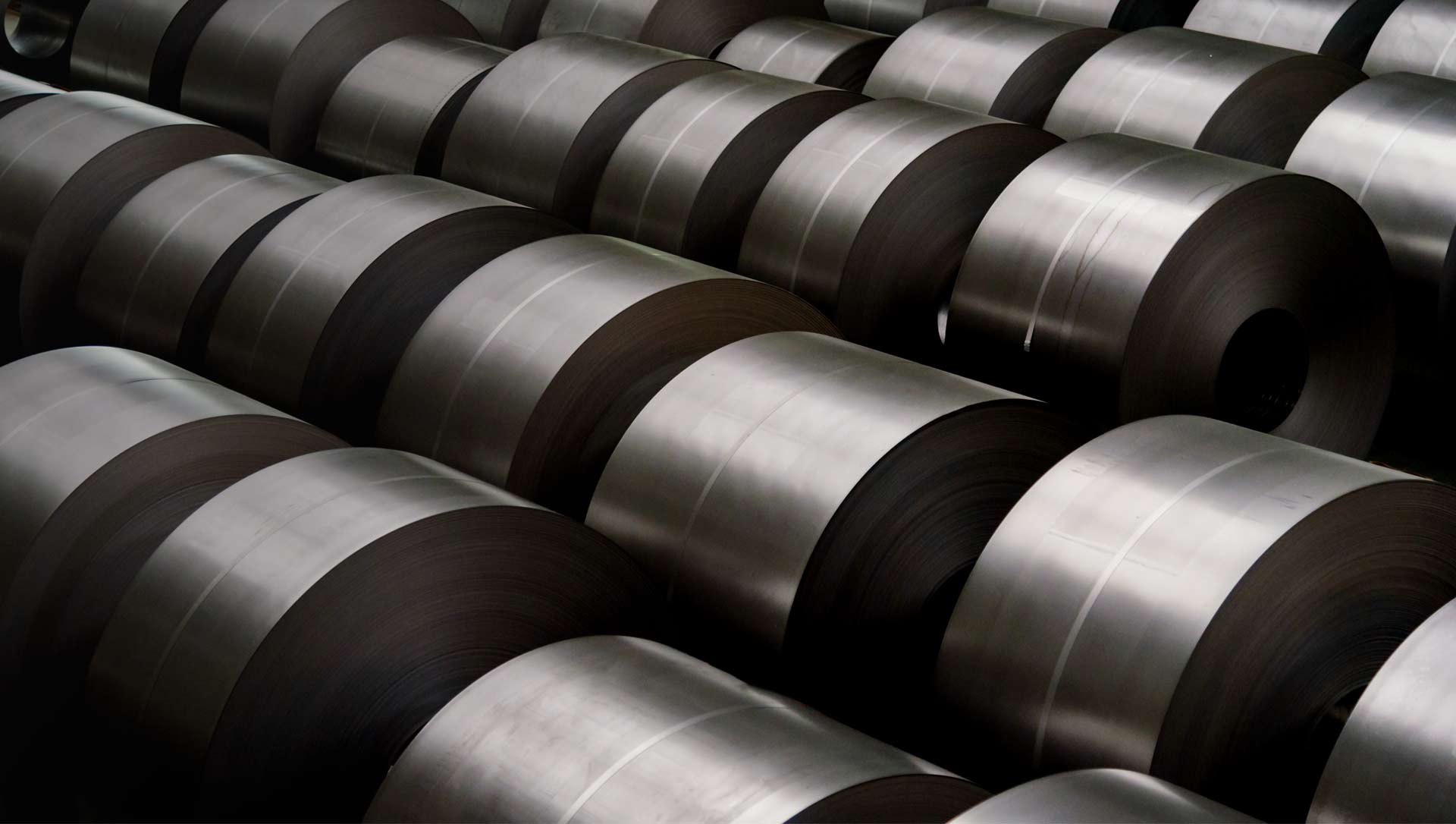
The Right Tools Make All the Difference—How Can You Elevate Your Craft
A skilled hand can work with almost anything. But when the tools match the talent? That’s when craftsmanship reaches another level.
Precision, durability, control—these aren’t just nice-to-haves. They’re the foundation of great work. Whether you’re cutting leather, upholstering furniture, or shaping materials with care, the right tools don’t just make the job easier. They make it better.
Tools That Work With You, Not Against You
Ever fought against a dull blade? Wrestled with a weak grip? Struggled with a tool that felt like it was working against you instead of with you?
- A sharp pair of shears slices through thick fabric cleanly, without pulling or fraying.
- A solid tack hammer drives each tack in straight, no bending, no slipping.
- A precision awl glides through leather, setting perfect stitch holes without strain.
When a tool performs exactly as it should, the focus stays where it belongs—on the craft, not the frustration.
Small Details, Big Impact
The difference between good work and exceptional work often comes down to the little things. Clean cuts. Even tension. Perfectly placed stitches.
Mass-produced tools can get the job done, but they don’t offer the same feel, the same level of control. When working on fine upholstery or intricate leatherwork, you need tools that respond to every movement—tools designed for accuracy, not just speed.
- A well-weighted hammer delivers the perfect amount of force, no extra effort required.
- An edge creaser creates smooth, defined lines without damaging delicate material.
- A high-quality punch makes clean holes without tearing fibers.
These are the details that separate a rushed project from a masterpiece.
An Investment in Your Craft
Cheap tools break. They wear out, lose their edge, or fail when you need them most. Replacing them over and over adds up—not just in cost, but in lost time and frustration.
A well-made tool, on the other hand, becomes an extension of the craft itself. With proper care, it lasts years, even decades. It molds to your grip, becoming more familiar with every use.
It’s not just an expense. It’s an investment in better results, smoother workflows, and work you can take pride in.
Conclusion
A craftsperson’s skill is always the most important tool in the shop. But with the right shears, the right awl, the right hammer—everything falls into place. The cuts are cleaner. The work moves faster. The results speak for themselves.
Because great craftsmanship deserves great tools. And when they come together, that’s when the real magic happens.





